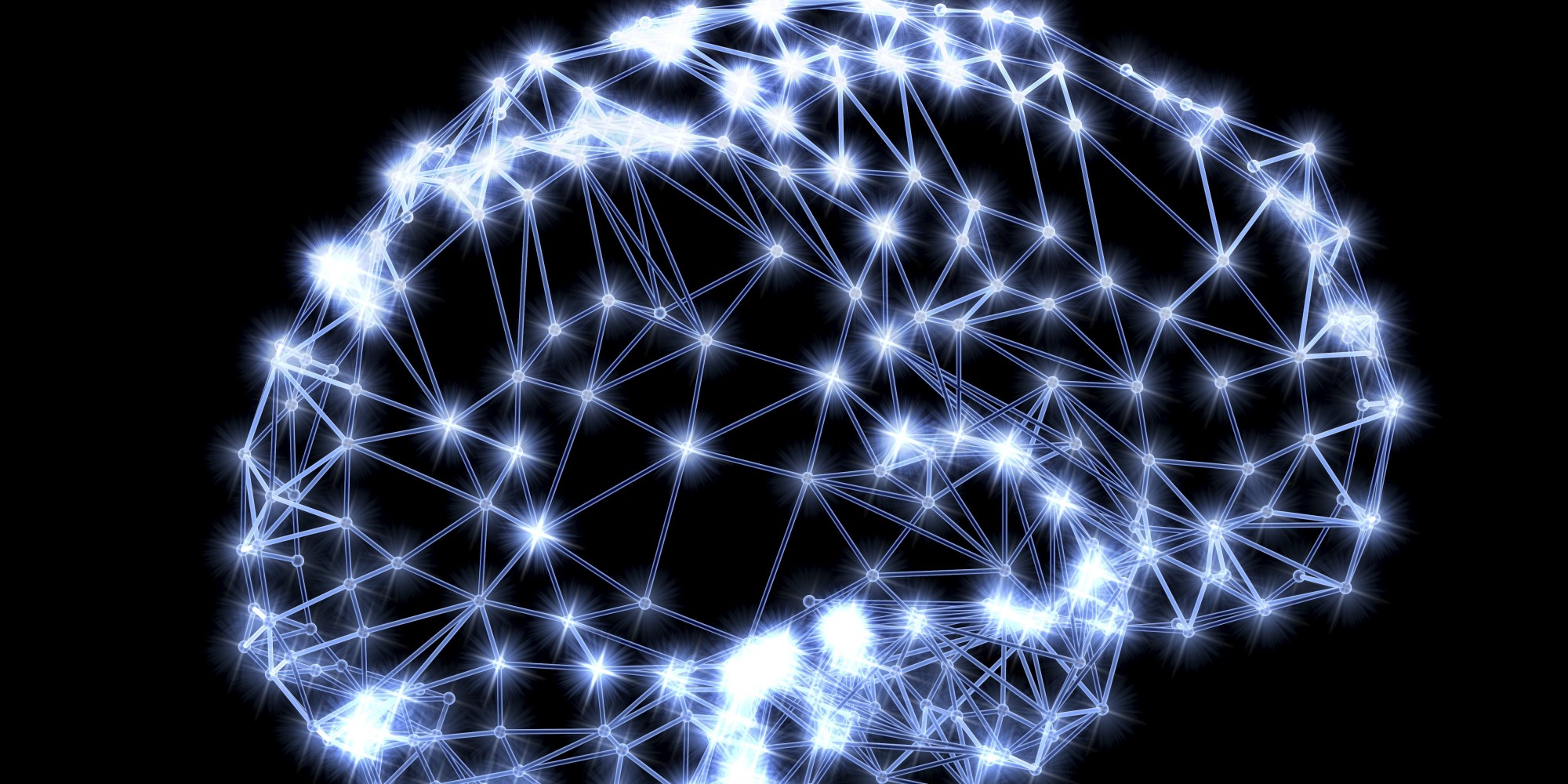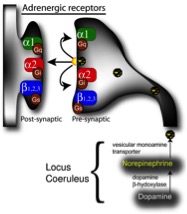The human brain is the single most complex structure known to man in the entire universe. Humans have surpassed all other life forms on Earth owing to the power of the human brain. However, there is always the constant drive to reach even greater heights. Questions such as “What is the size of the universe” or “What is the meaning of life” are yet to be answered. In order to take a stab at these questions or to even begin thinking about possible solutions, the human brain certainly requires further enhancements. Alas, greater brain capacity is necessary merely to survive the cutthroat competition in modern society!
For instance, have you ever had trouble recalling a crucial equation during an exam right after hastily trying to “memorize it” or had trouble remembering someone’s name momentarily after his or her introduction? These processes invoke the short-term memory portion of the brain known as working memory. Studies have determined that the prefrontal cortex (PFC) of the brain is a region implicated in working memory processes [1]. Some techniques have been applied to train the brain to execute tricks such as chunking to retrieve more from short-term memory—not necessarily increasing the ‘physical storage’ capacity in memory.
Therefore, there has been great interest recently geared towards the enhancement of working memory capacity of the brain. After much research on rats, monkeys and other related mammals, scientists have begun trials on humans to figure out ways to enhance one’s working memory capacity. Current studies on catecholamines (adrenergic neurotransmitters), a family of neurotransmitters in the brain including norepinephrine and dopamine, demonstrate that there could be significant improvements in the human working memory by increasing their functionality [2]. These neurotransmitters are abundant in the prefrontal cortex and play a critical role in the neural pathways that contribute to working memory.
More specifically, while norepinephrine strengthens PFC network connectivity and maintains persistent firing during a working memory task, dopamine targets D1 receptors to narrow spatial tuning, sculpting network inputs to decrease noise [4]. Norepinephrine is synthesized from dopamine by dopamine beta-hydroxylase in neurons. It is first transported into synaptic vesicles and then moved along the axons that comprise the noradrenergic bundle to release sites where it activates certain protein cascades at synaptic clefts [3]. Essentially, scientists are now trying to facilitate similar function of this memory transmitter system using synthetic medications in place of catecholamines.
Thus, a plethora of research has since been undertaken to determine the drugs that could mimic the catecholamine effects. One of the main goals is to replicate network connectivity strengthening effects of norepinephrine at postsynaptic alpha-receptors in the PFC and enhance spatial tuning (selectivity) like dopamine. After determining that there is an empirical link between a dopamine-mediated working memory system and higher cognitive functions in humans [1], researchers administered dopamine receptor agonists such as bromocriptine and pergolide on young volunteers. Because bromocriptine binds to the same receptors as dopamine and plays the same role as catecholamines, the results were astonishing. A few milligrams of bromocriptine over the period of around 2 weeks not only enhanced memory but also improved attention—similar to what high catecholamine levels would accomplish [8]. These and other similar results are extremely promising and will definitely usher us towards a new age of brilliance by enhancing human memory capacity.
Although these findings are just in their initial stages and continually evolving, they can serve as a springboard on which further research can be developed. Consider stimulant medications such as methylphenidate (ritalin) which not only improve performance on working memory tasks, but also enhance PFC function by indirectly increasing catecholamine actions through blockade of norepinephrine and dopamine transporters [6]. Furthermore, donepezil is another drug that can potentially improve memory. It is primarily a cholinesterase inhibitor that impedes the activity of the cholinesterase enzyme–effectively decreasing the acetylcholine degradation [5]. Future strides like these will set up the stage for advanced research on this subject and certainly offer an opportunity for us to improve our intelligence—perhaps one day enabling us to finally solve the currently unanswerable mysteries.
Works Cited
- Kimberg D. Y., D’Esposito M., Farah M. J. (1997). Effects of bromocriptine on human subjects depend on working memory capacity. Neuroreport 8 3581–3585. 10.1097/00001756-199711100-00032
- “Catecholamines.” com. Web. 3 Jan. 2016.
- Tully, Keith, and Vadim Y. Bolshakov. “Molecular Brain.” Emotional Enhancement of Memory: How Norepinephrine Enables Synaptic Plasticity. N.p., 13 May 2010. Web. 1 Dec. 2015.
- Arnsten, Amy F.T. “Catecholamine Influences on Dorsolateral Prefrontal Cortical Networks.” Biological psychiatry12 (2011): e89–e99. PMC. Web. 13 Jan. 2016.
- Chuah, Lisa Y.M. et al. “Donepezil Improves Episodic Memory in Young Individuals Vulnerable to the Effects of Sleep Deprivation.” Sleep8 (2009): 999–1010. Print.
- Cools, R, and M D’Esposito. “Inverted-U Shaped Dopamine Actions on Human Working Memory and Cognitive Control.” Biological psychiatry12 (2011): e113–e125. PMC. Web. 13 Jan. 2016.
- Clark, Kelsey L., and Behrad Noudoost. “The Role of Prefrontal Catecholamines in Attention and Working Memory.” Frontiers in Neural Circuits (2014): 33. PMC. Web. 13 Jan. 2016.
- Wallace, Deanna L. et al. “The Dopamine Agonist Bromocriptine Differentially Affects Fronto-Striatal Functional Connectivity During Working Memory.”Frontiers in Human Neuroscience 5 (2011): 32. PMC. Web. 15 Jan. 2016.
- 14 Jan. 2016. <http://www.mindbodyvortex.com/wp-content/uploads/2015/09/Frontal-lobe.jpg>.


